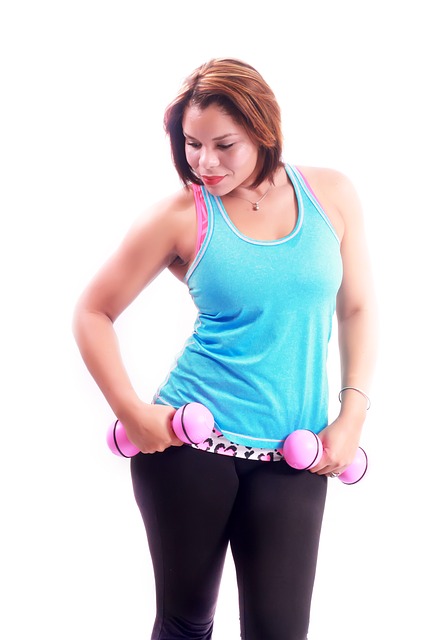Weight Training for Women Over 50 – Recovering From an Injury

No matter what your age, you can hurt yourself when you’re training with weights. You might have been too aggressive moving up weights, failed to allow enough recovery time, or used improper form. Injury is usually a setback, but only a temporary one. It does seem to take a while longer to recover than even a few years ago. But I have a long-term goal – living independently until it’s time to leave this earth. That means the physical me needs to be flexible with a sense of balance, good posture, muscle strength, and aerobic capacity. There will be no shuffling down the smelly hallways of a pathetic nursing home.
Weight Lifting for Women Over 50 My long-term goal is the major reason I decided to resume weight lifting after 50. I started with the workouts in The New Rules of Lifting for Women (NROL4W). Then I switched to The New Rules of Lifting for Life (NROL4L). Both books are by Lou Schuler and Alwyn Cosgrove. Injuries There were a few minor injuries when I was using NROL4W, especially in the beginning. I do not have an ACL in my left knee, so I needed to back off some of the leg exercises, especially the step ups. That correction allowed me to finish the entire set of workouts in NROL4W. Then I started NROL4L. Although the workouts can be tough, I managed to get through the first beginner phase.
I took a week off and started the second stage. Halfway through my back started hurting between workouts. That is a good indication that I was not using the proper form. The exercises causing the problem – Romanian dead lifts and 2-point rows. For some unknown reason I continued to increase weights on the Romanian deadlift. In this exercise any deviation from good form can cause an injury. On the last rep of a 3-set, 10 rep dead lift, I felt that back twinge that prevents you from straightening up. Out of Commission for Two Weeks The “twinge” turned into a massive lower backache for about 5 days. With rest and time in the hot tub, the backache morphed into stiffness. I decided to test the workout routine. After the first two warm up exercises, I knew I was not going to continue. The risk was another week of pain. That’s enough to make you stop. I jumped onto a stationary bike to do some interval training instead of the usual workout.
Finally, after 2 weeks, I finished an abbreviated (2 sets of weight exercises versus 3 sets) but complete workout – warm ups, core exercises, step ups with weights, push ups front squat, lat pulldown, metabolic exercise (interval), and cool down. Lessons Learned Using the proper form is key, I actually got one of the Custom Weight Belts in order to have good form when doing squats. If you go to a club, get a personal trainer to check your exercise form. Lifting heavier weights can cause you to compromise form. If you are on your own, visit for experts using good form. Allow sufficient time for recovery between workouts. I need two full days of recovery. Pay attention to the warning signs. Pain during lifting is a sure sign you injured yourself. Ignore the trainers who say you should “work through the pain.” That’s a dumb idea. Allow yourself time to heal when you injure yourself. When you and your doctor think you’re ready, try a simple set of warm up exercises. If you feel pain during the warm ups, stop and try again in a few days
